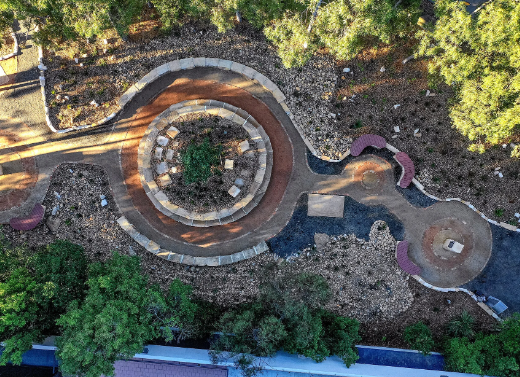Geoscapes and Landscape Architects: Designing Our Natural World
In today’s world, the intersection of nature and urban development has never been more vital. Landscape architects play a crucial role in shaping our environments, ensuring that they are not only aesthetically pleasing but also sustainable and functional. By understanding the concept of geoscapes, landscape architects can create spaces that harmoniously blend with the Earth’s natural features.
Understanding Geoscapes
Geoscapes refer to a detailed study of the Earth’s landscapes, focusing on how geological processes shape the environment. Landscape architects can leverage this knowledge to select appropriate materials, plant species, and design techniques tailored to the geographical context. This not only enhances the visual appeal of a project but also contributes to ecological health. For instance, knowing the local soil composition can influence decisions about which plants will thrive, leading to sustainable and resilient landscapes.
The Role of Landscape Architects
Landscape architects are vital in transforming geoscapes into functional, livable spaces. They work collaboratively with geologists and environmental scientists to design outdoor areas that respect natural patterns. Their expertise enables them to create parks, gardens, and public spaces fostering biodiversity while serving human needs. In urban settings, they can mitigate the effects of stormwater runoff, create green roofs, and enhance urban heat islands. By integrating ecological principles into their designs, landscape architects help promote environmental stewardship.
Sustainable Practices in Landscape Architecture
As awareness of environmental issues grows, landscape architects increasingly use sustainable practices in their designs. This involves incorporating native plants, using drought-resistant landscaping, and promoting biodiversity. By prioritizing sustainable practices, landscape architects can reduce resource consumption and support local ecosystems. For example, rain gardens can be designed to manage stormwater efficiently, improving water quality and reducing flooding. These practices not only create beautiful spaces but also contribute to the overall health of our planet.
In conclusion, geoscapes and the work of landscape architects are integral to shaping a sustainable future. By considering the earth’s natural features, these professionals create environments that are both beautiful and functional. If you’re passionate about the environment or considering a career in landscape architecture, there’s a wealth of knowledge waiting to be explored. Embrace the opportunity to learn more about how design can harmonize with nature!

